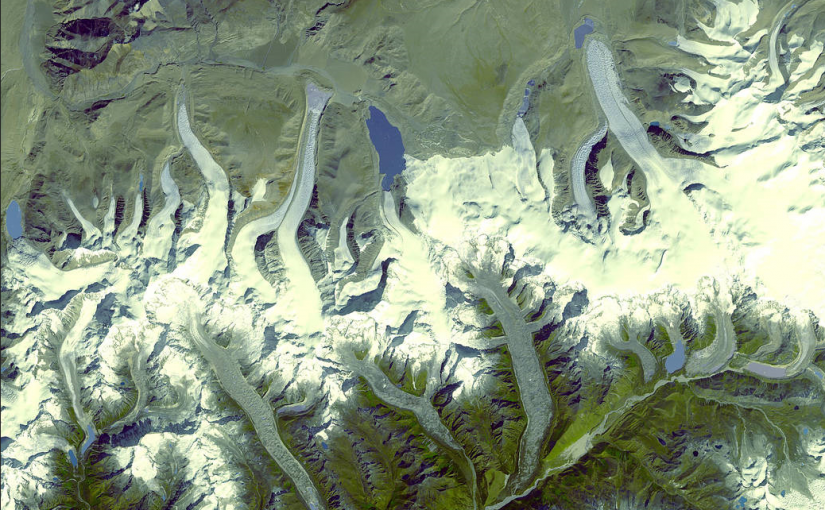EbA uses biodiversity and ecosystem services as part of an overall adaptation strategy to help people and communities adapt to the negative effects of climate change at local, national, regional, and global levels. It recognizes, and in fact highlights, the importance of equity, gender, and the role and importance of local and traditional knowledge, as well as species diversity. Furthermore, it provides co-benefits such as clean water and food for communities, risk reduction options and benefits, and other services crucial for livelihoods and human well-being. Appropriately designed ecosystem adaptation initiatives can also contribute to climate change mitigation by reducing emissions from ecosystem degradation, and enhancing carbon sequestration. There are a range of approaches that are used to assess economic benefits of goods and services and these same approaches can and are used to assess costs and benefits of adaptation options including EbA. The three most commonly used ones are 1) Cost-Benefit Analysis (CBA); 2) Cost-Effective Analysis; and 3) Multi-criteria Analysis. In order to contribute to policy through improved decision making at the national level, two case studies are highlighted in this report that look at the costs and benefits of EbA in the Philippines.
Click here to read the whole publication.

